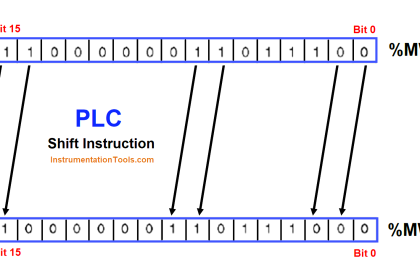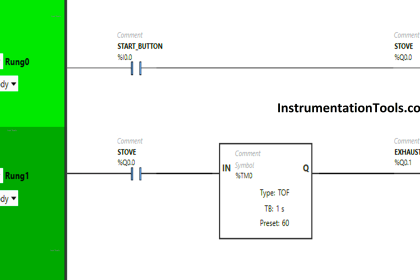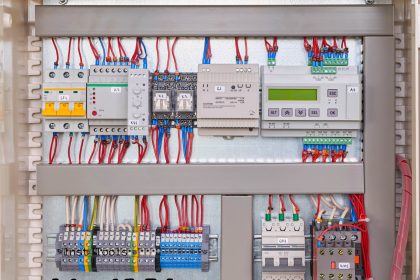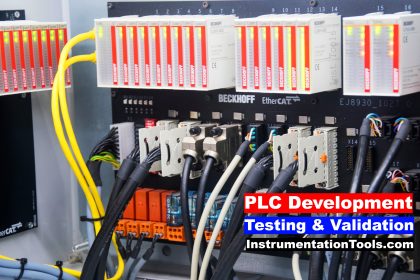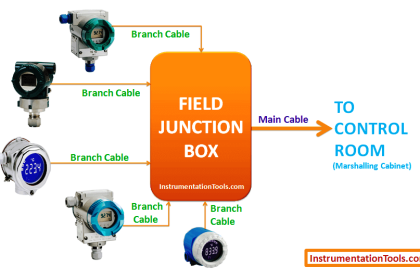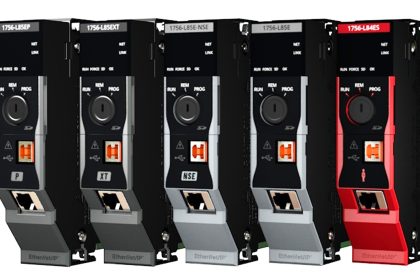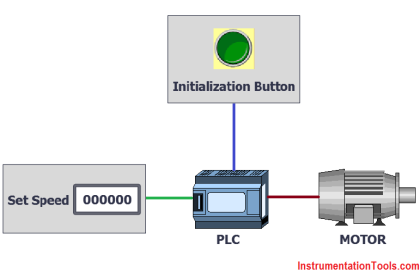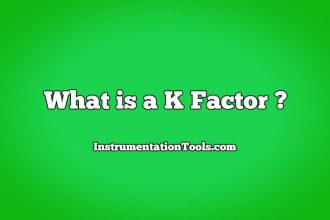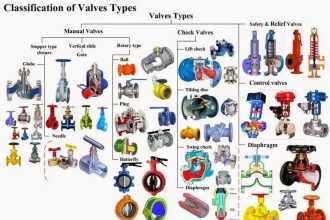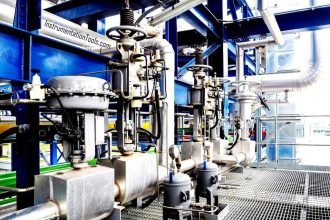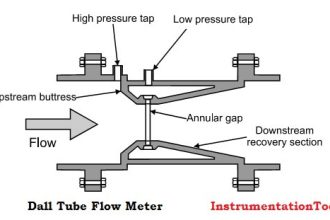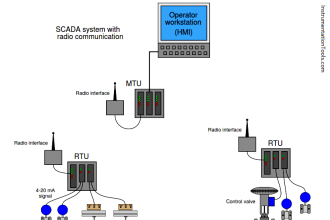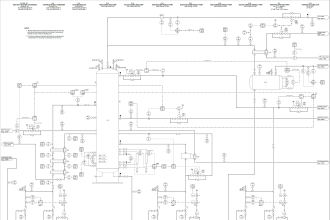In this post, we will see the basic pumping system application that is used in industrial automation.
A pumping system is one of the widely used applications used in industrial automation.
Earlier, manual control was used where the operator had to go and start or stop the pumps according to pressure requirements from the user.
Pumping System
Basically, a pumping system in simpler terms can be viewed as the one used in your building. The society keeper (or watchman, or ourselves in our homes) controls the pump operation according to the flushing and domestic water requirements in the building.
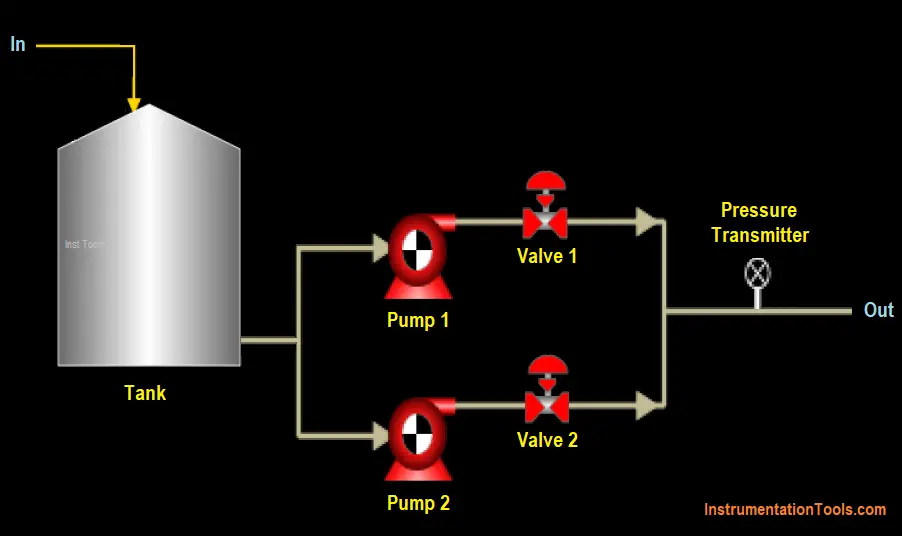
Now, due to the use of PLC in the pumping systems, the manual intervention is reduced to a great extent, and also, the pressure control is achieved more accurately due to the use of automation.
Refer to the above image. A typical pumping system used for domestic, commercial, and industrial purposes looks like this.
It consists of multiple pumps (depending upon pressure-demand design), its corresponding discharge valves, and a pressure transmitter.
The pumps use water from a common header line and control the flow of water to the discharge line by varying its motor speed, according to the pressure sensed at the discharge line.
The automatic control in pumping system can be classified into two types
- Single VFD and
- Multi VFD.
Single VFD System
As the name suggests, this system consists of only a single VFD for multiple motors.
Refer to the below image.
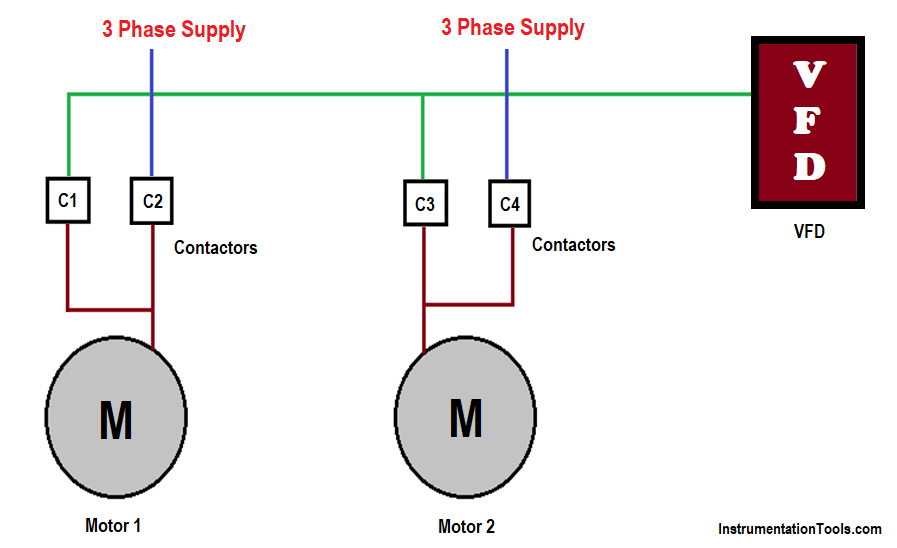
In this case, the PLC IO’s will be
- Digital inputs – VFD Trip feedback, Pump-1 VFD Contactor feedback, Pump-1 DOL Contactor feedback, Pump-2 VFD Contactor feedback, Pump-2 DOL Contactor feedback, Emergency Stop
- Digital Outputs – VFD Run Command, Pump-1 VFD Contactor, Pump-1 DOL Contactor, Pump-2 VFD Contactor, Pump-2 DOL Contactor
- Analog Inputs – Pressure Transmitter
- Analog Outputs – VFD Speed Reference
Now, let us see the control philosophy. There are three set points for the control
- cut- in pressure set,
- PID pressure set and
- cut-off pressure set.
When the pressure is below the cut-in set value, the pump with the least operating hours will operate first through the VFD contactor.
So, this pump speed will be controlled by VFD. If the pressure is still below the cut-in set value after a predefined time, then pump-2 will start through the DOL contactor.
As seen in the image, the DOL (Direct On-Line) contactor gets direct supply from the 3-phase incoming line, making the motor rotate at its full speed.
This logic ensures that any motor does not get supply from both the VFD and 3-phase direct simultaneously.
Otherwise, it will create a spark in the electrical circuit and the motor will get shorted; which can damage the environment or personnel standing nearby.
The pump VFD speed will be controlled based on PID. The PID takes the pressure sensor as input and the PID pressure set as set pressure.
When the pressure is below the setpoint, then the speed of VFD will increase gradually to reach its set point.
When the pressure goes above the setpoint, then the speed of VFD will decrease gradually to reach its set point. So, in short, the pressure will be tried to be maintained around the set point.
Now, when the pressure goes above the cut-off pressure set, then the DOL pump will turn off first. If the pressure is still above after a predefined time, then the VFD pump will turn off.
The cycle continues once the pressure drops again and the pump run management is done through its running hours which is calculated inside the PLC.
Pressure drop means demand is high and pressure increment means demand is low.
Through this, the running hours of both the pumps will be properly managed and also, there will not be any clash in operating of contactors.
If any pump trips in between, then the system will stop and the user has to press a reset button on a graphic display used; to restart the system once again.
Multi VFD System
It is a relatively easier system to design as compared to a single-VFD system. Each pump motor will have its individual VFD.
The only difference is that the second pump will operate at 50 Hz. This is in correlation with the DOL pump in a single-VFD system.
The electrical wiring is simpler as an individual motor will have only its single contactor for VFD output, as compared to dual contactors for a single motor in a single-VFD system.
In some systems, all the pumps work in PID. That means, all the pumps will run at the same speed because the pressure transmitter is one single only with the common set point.
This is the most common type of pumping system used in industrial automation. The design depends on user requirements. PLC logic too will differ depending upon the designer and his requirements.
If you liked this article, then please subscribe to our YouTube Channel for Instrumentation, Electrical, PLC, and SCADA video tutorials.
You can also follow us on Facebook and Twitter to receive daily updates.
Read Next:
